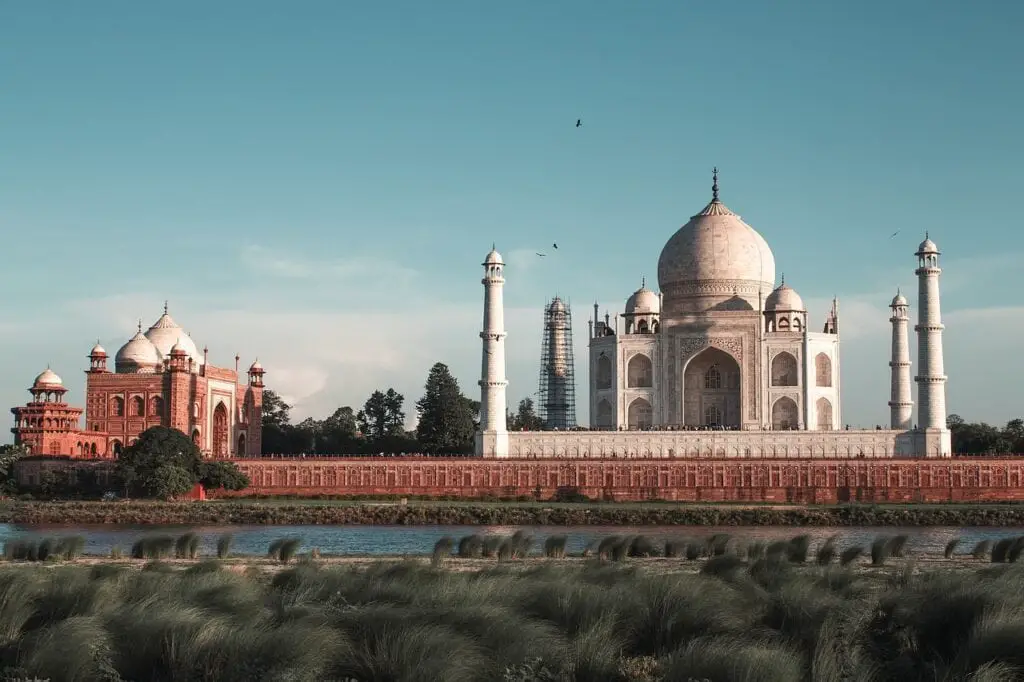Updated on: December 17, 2025
Across centuries and civilizations, humans have shaped the world with incredible ambition and ingenuity. From towering skyscrapers to ancient temples carved from stone, these structures showcase not just engineering brilliance but the stories, beliefs, and dreams of the cultures that built them.
In this article, we explore 10 of the most impressive human-made structures on Earth — marvels of design, power, beauty, and purpose. Whether they were built thousands of years ago or in the modern age, each one represents a leap forward in creativity and capability.
So whether you’re looking to plan your next travel destination or simply appreciate the wonders of what we’ve built as a species, this list will leave you in awe of what human hands and minds can achieve.

10. Great Wall of China – The Longest Man-Made Structure on Earth
Stretching over 13,000 miles (21,000 km), the Great Wall of China is not just one structure, but a vast network of walls, watchtowers, and fortifications built over many centuries. The earliest walls date back to the 7th century BC, but the most well-known sections were built during the Ming Dynasty (1368–1644) to protect China from northern invasions.
Made from a mix of stone, brick, tamped earth, and wood, the wall traverses mountains, deserts, and grasslands — some sections remain remarkably well-preserved, while others have crumbled into ruins. Its construction required immense manpower and resources, with laborers working under extreme conditions to shape this defensive marvel.
Why it’s impressive:
- The largest man-made military structure ever built
- Visible from space (under ideal conditions), though that claim is often exaggerated
- A symbol of China’s historical resilience and strategic ingenuity
Visiting tips:
- The Mutianyu and Jinshanling sections are less crowded than Badaling
- Best visited in spring or autumn for pleasant weather and clearer skies
Pro tip:
- Wear sturdy shoes — many parts of the wall involve steep, uneven stairs that can be physically demanding but rewarding.
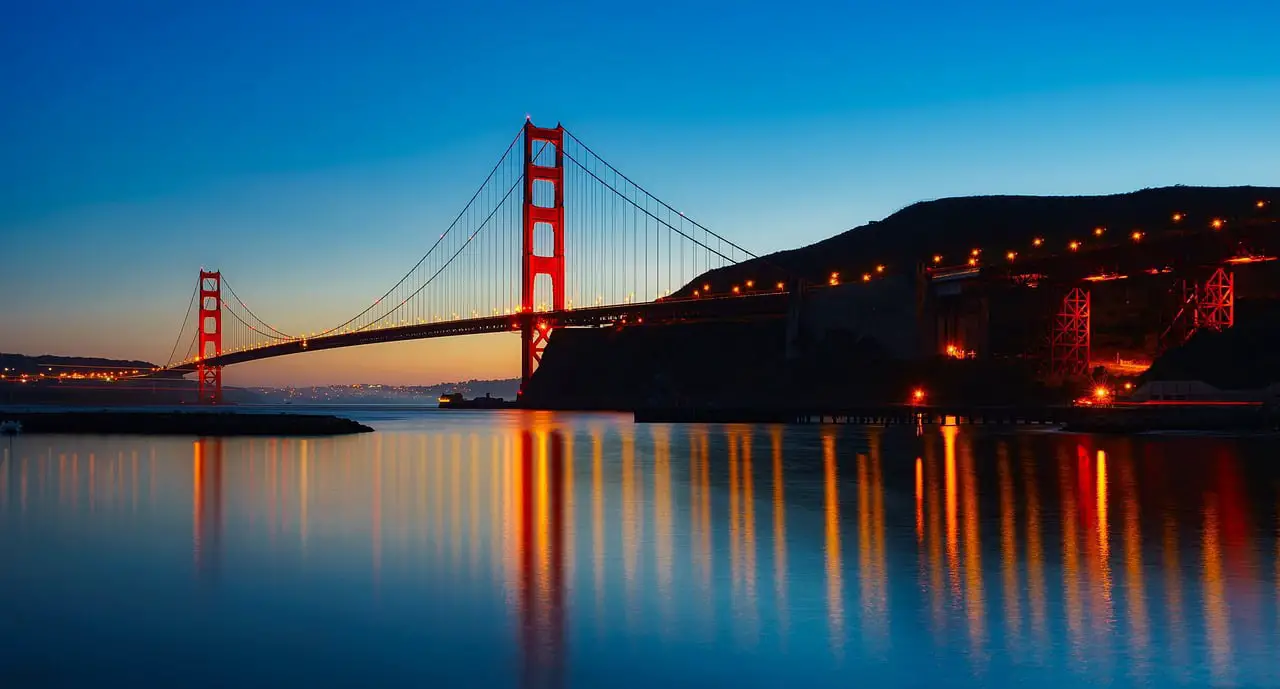
9. Golden Gate Bridge – Art Deco Wonder of the Modern World
Spanning the Golden Gate Strait between San Francisco and Marin County, the Golden Gate Bridge is one of the most photographed bridges in the world. Completed in 1937, it held the record as the longest suspension bridge in the world at the time and remains a triumph of 20th-century engineering.
Its distinct International Orange color was chosen to enhance visibility in San Francisco’s frequent fog, and its Art Deco styling gives it timeless appeal. The bridge is over 1.7 miles (2.7 km) long and supported by two towers that rise 746 feet above the water.
Why it’s impressive:
- Built during the Great Depression, completing ahead of schedule and under budget
- Withstood earthquakes, gale-force winds, and heavy traffic for nearly a century
- Became a global symbol of innovation and perseverance
Visiting tips:
- Walk or bike across for unbeatable views of the bay and city skyline
- Visit Battery Spencer or Crissy Field for iconic photo angles
- Dress in layers — fog and wind can make it chilly, even in summer
Pro tip:
- Sunrise is the best time to avoid crowds and catch the bridge peeking through the fog like a scene from a movie.
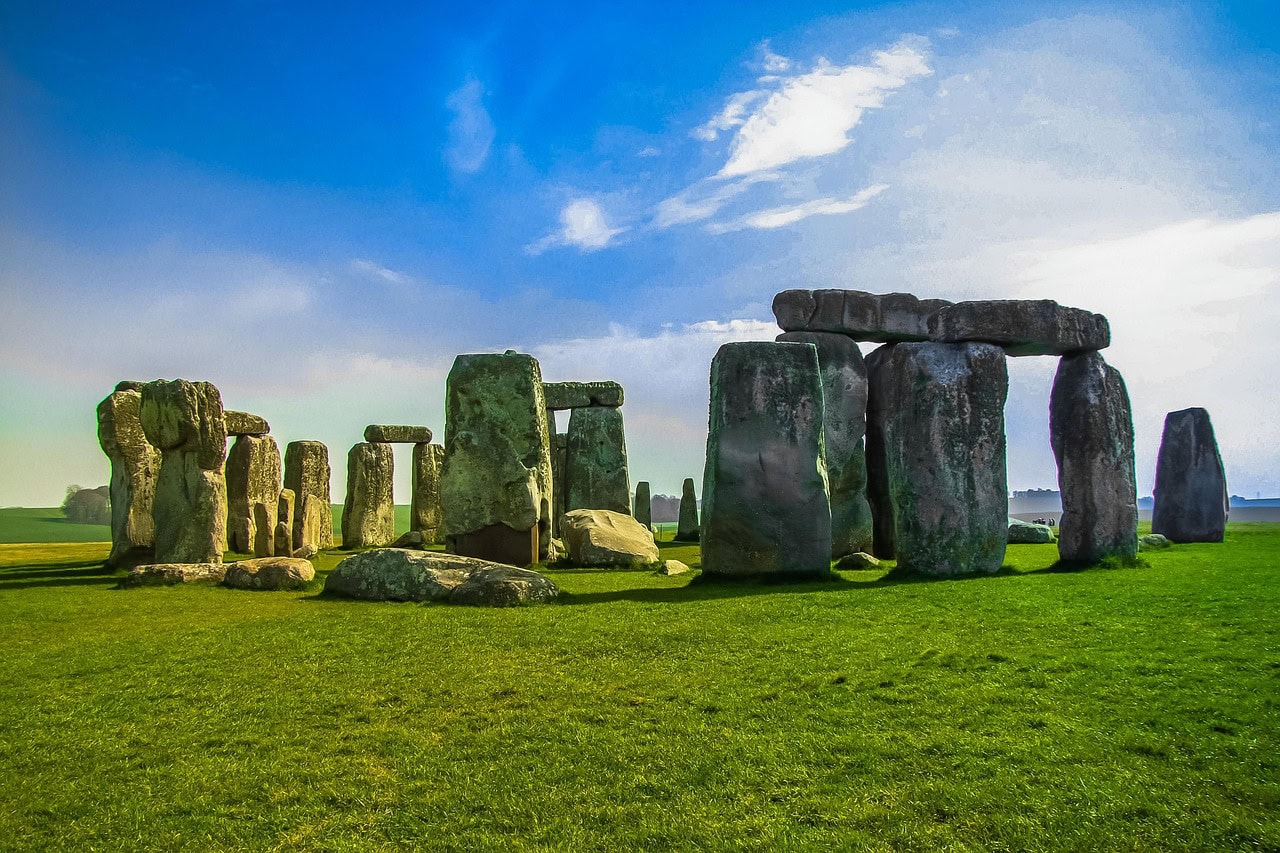
8. Stonehenge – Ancient Mystery on the English Plain
Located in Wiltshire, England, Stonehenge is one of the most mysterious and fascinating human-made structures in the world. Believed to have been constructed between 3000 BC and 2000 BC, this prehistoric monument consists of massive standing stones — some weighing up to 25 tons — arranged in a circular pattern.
What makes Stonehenge so impressive isn’t just its age, but the precision and purpose behind its construction. Scholars believe the stones were transported from as far as 150 miles away, a remarkable feat without modern tools. The site aligns with the solstices, suggesting it may have been used as a ceremonial or astronomical calendar.
Why it’s impressive:
- Built over 5,000 years ago using only primitive tools and brute human force
- Aligns perfectly with sunrise on the summer solstice
- Continues to baffle archaeologists with theories about its use and origin
Visiting tips:
- Visit around sunrise or sunset for dramatic light and fewer crowds
- Book in advance for inner circle access, which allows you to walk among the stones
- Combine with a trip to nearby Avebury for more Neolithic monuments
Pro tip:
- Download the official Stonehenge audio guide app for deeper insight as you explore the site.
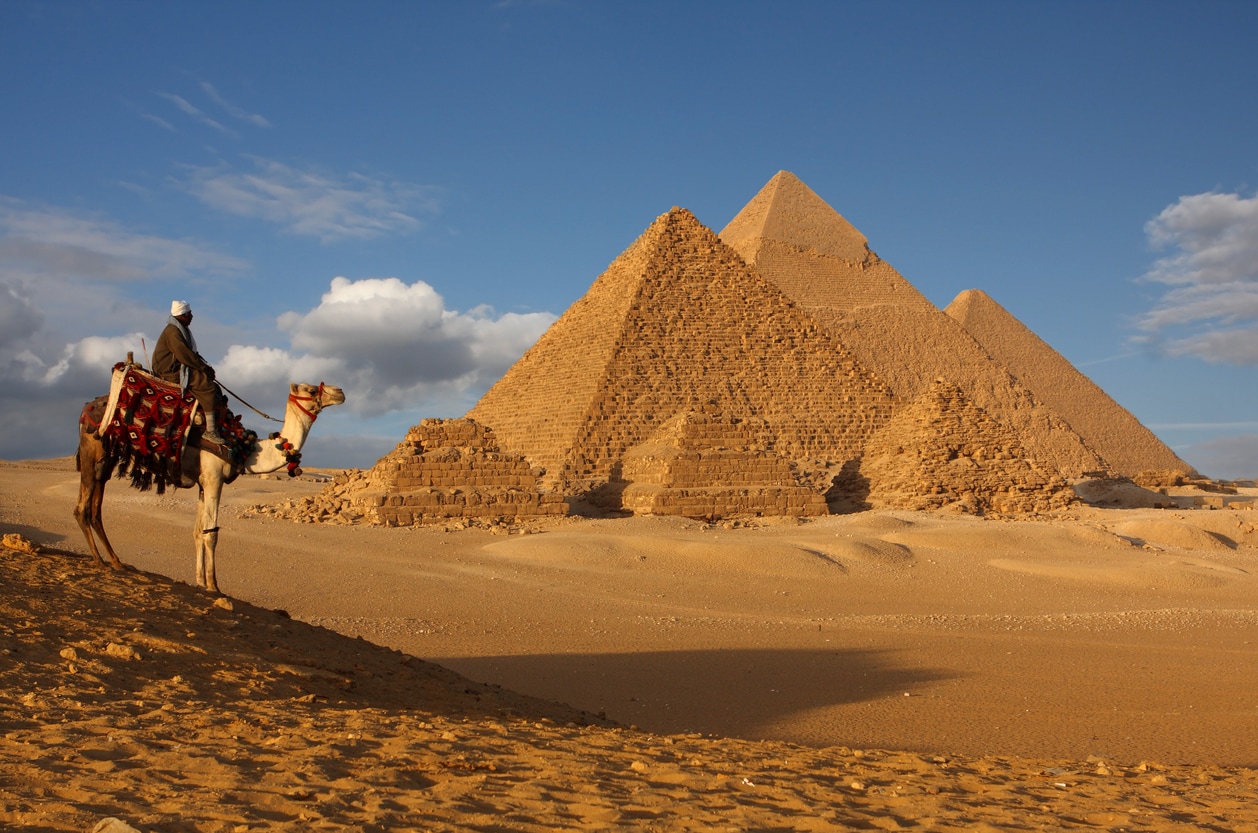
7. Great Pyramid of Giza – Ancient Engineering Without Equal
The Great Pyramid of Giza is one of the most awe-inspiring feats of ancient engineering. Constructed around 2560 BC during the reign of Pharaoh Khufu, this structure was originally 481 feet (146.6 meters) tall and remained the tallest human-made structure on Earth for over 3,800 years. It is the only surviving wonder of the original Seven Wonders of the Ancient World.
The pyramid is composed of over 2 million limestone blocks, each weighing between 2.5 to 15 tons. Scholars still debate how the ancient Egyptians managed to transport and position these massive stones with such precision — without the use of modern machinery. The interior includes narrow passageways, chambers, and shafts aligned with incredible astronomical accuracy.
Why it’s impressive:
- Built without wheels, pulleys, or iron tools
- Aligns almost perfectly with the cardinal points (north, south, east, west)
- Its base is level within just a few centimeters across all four sides
Travel tip:
Located just outside Cairo, the Giza Plateau also houses the Sphinx and smaller pyramids — best visited early in the day to avoid heat and crowds.
Pro tip:
- Hire a certified Egyptologist guide to gain deeper insight into its history and hidden features.
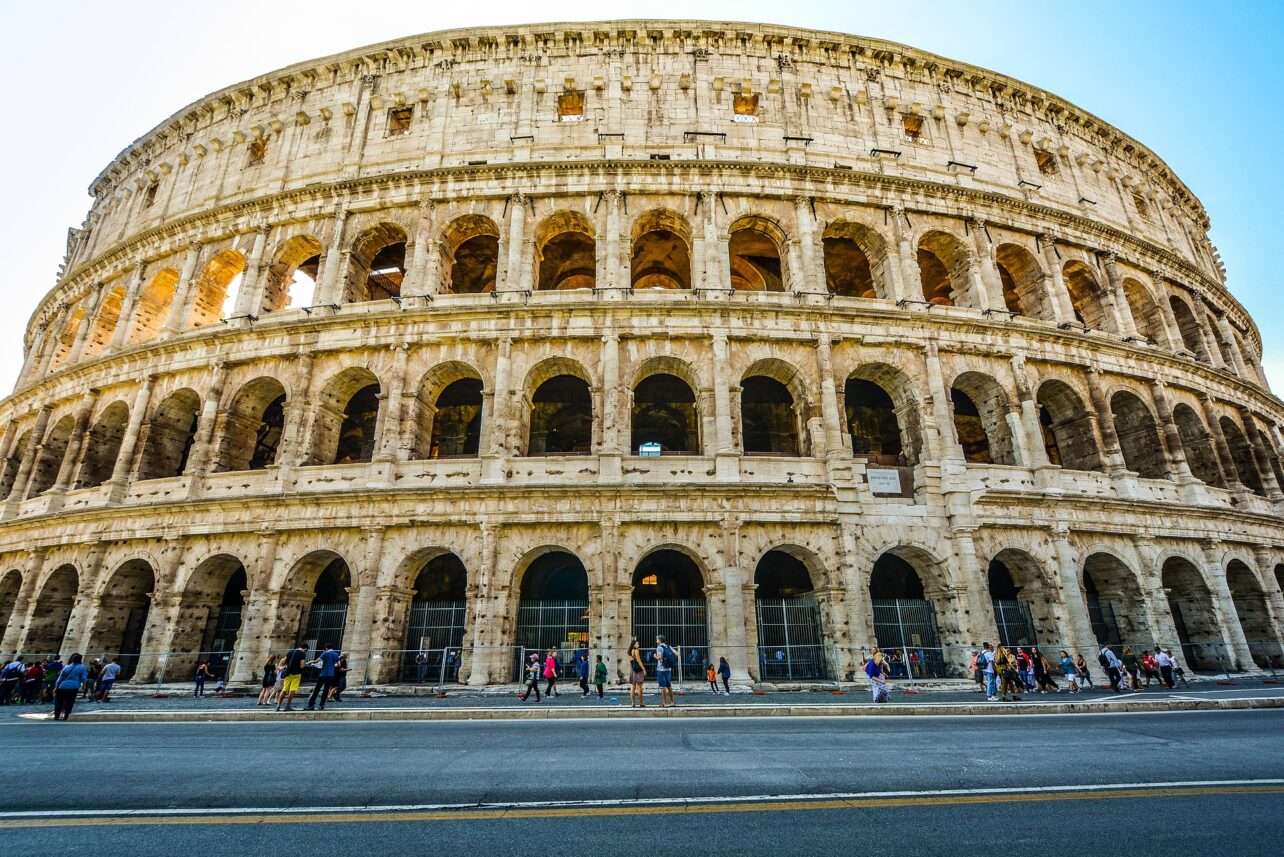
6. Colosseum – Rome’s Arena of Legends
The Colosseum, or Flavian Amphitheatre, is the largest ancient amphitheater ever built and one of the most iconic symbols of Rome. Completed in 80 AD under Emperor Titus, it was designed to hold over 50,000 spectators for public spectacles, gladiatorial battles, animal hunts, mock sea battles, and even executions — all free to Roman citizens.
Constructed using travertine limestone and Roman concrete, the Colosseum stands as a triumph of Roman engineering. Its sophisticated system of corridors, elevators, and trapdoors allowed for dynamic performances and crowd management, rivaling modern stadiums in complexity.
Why it’s impressive:
- Still standing after nearly 2,000 years of earthquakes, looting, and pollution
- Had a retractable velarium (canopy system) to shade spectators
- Its elliptical shape inspired modern stadium design
Visiting tips:
- Book a combo ticket that includes the Roman Forum and Palatine Hill
- Go early in the morning or late in the afternoon to avoid peak crowds and heat
- Visit the hypogeum, the underground chambers recently opened to the public
Pro tip:
- Night tours are magical — the monument is beautifully lit and far less crowded than during the day.
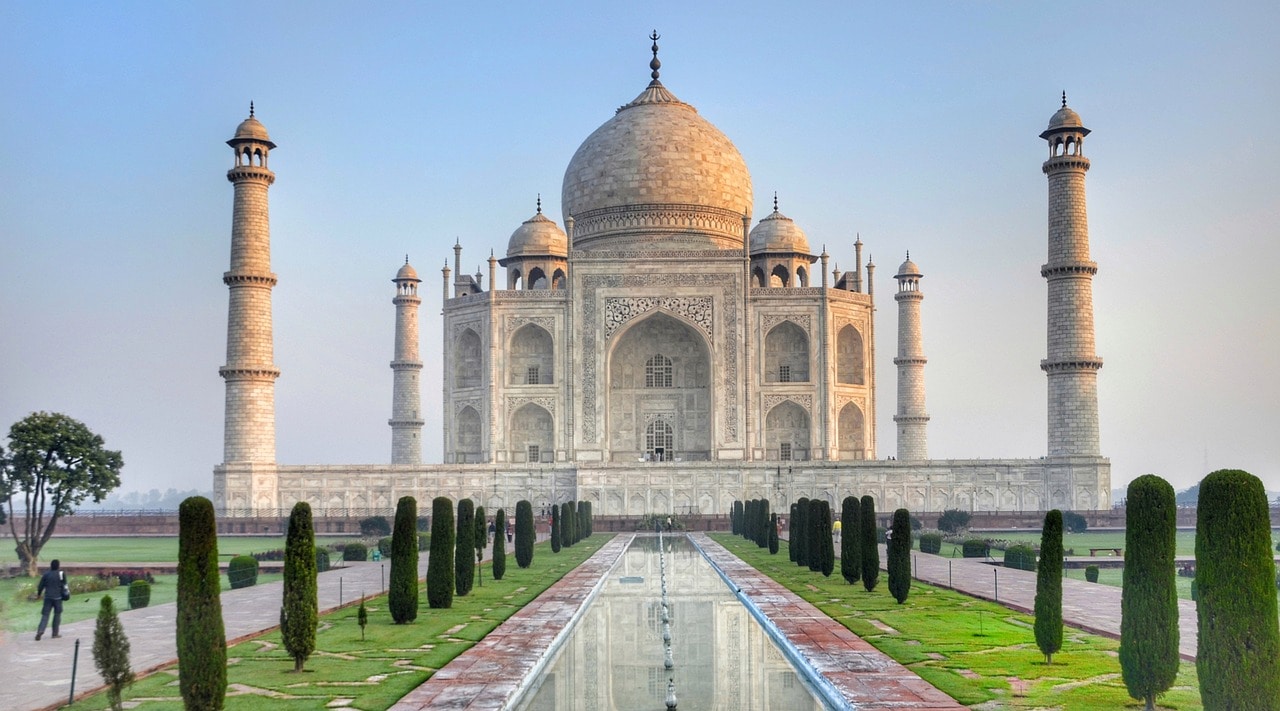
5. Taj Mahal – A Marble Masterpiece of Eternal Love
Commissioned in 1632 by Mughal Emperor Shah Jahan in memory of his beloved wife Mumtaz Mahal, the Taj Mahal is widely considered one of the most beautiful buildings ever created. Located in Agra, India, this ivory-white marble mausoleum is a UNESCO World Heritage Site and one of the New Seven Wonders of the World.
The Taj took over 20 years and 20,000 artisans to complete. It features a massive central dome, four minarets, intricate floral inlays made of semi-precious stones, and a perfectly symmetrical design that reflects the Mughal ideal of paradise. The monument’s appearance changes color depending on the light — soft pink in the morning, glowing white in the afternoon, and golden under moonlight.
Why it’s impressive:
- A stunning blend of Persian, Islamic, and Indian architectural styles
- An enduring symbol of love, loss, and artistic perfection
- Precision symmetry that aligns perfectly with its surrounding gardens and reflecting pools
Visiting tips:
- Arrive early for fewer crowds and magical sunrise light
- Closed on Fridays — plan your trip accordingly
- Dress modestly and bring shoe covers (provided)
Pro tip:
- Visit Mehtab Bagh, the garden across the Yamuna River, for peaceful sunset views with fewer tourists.
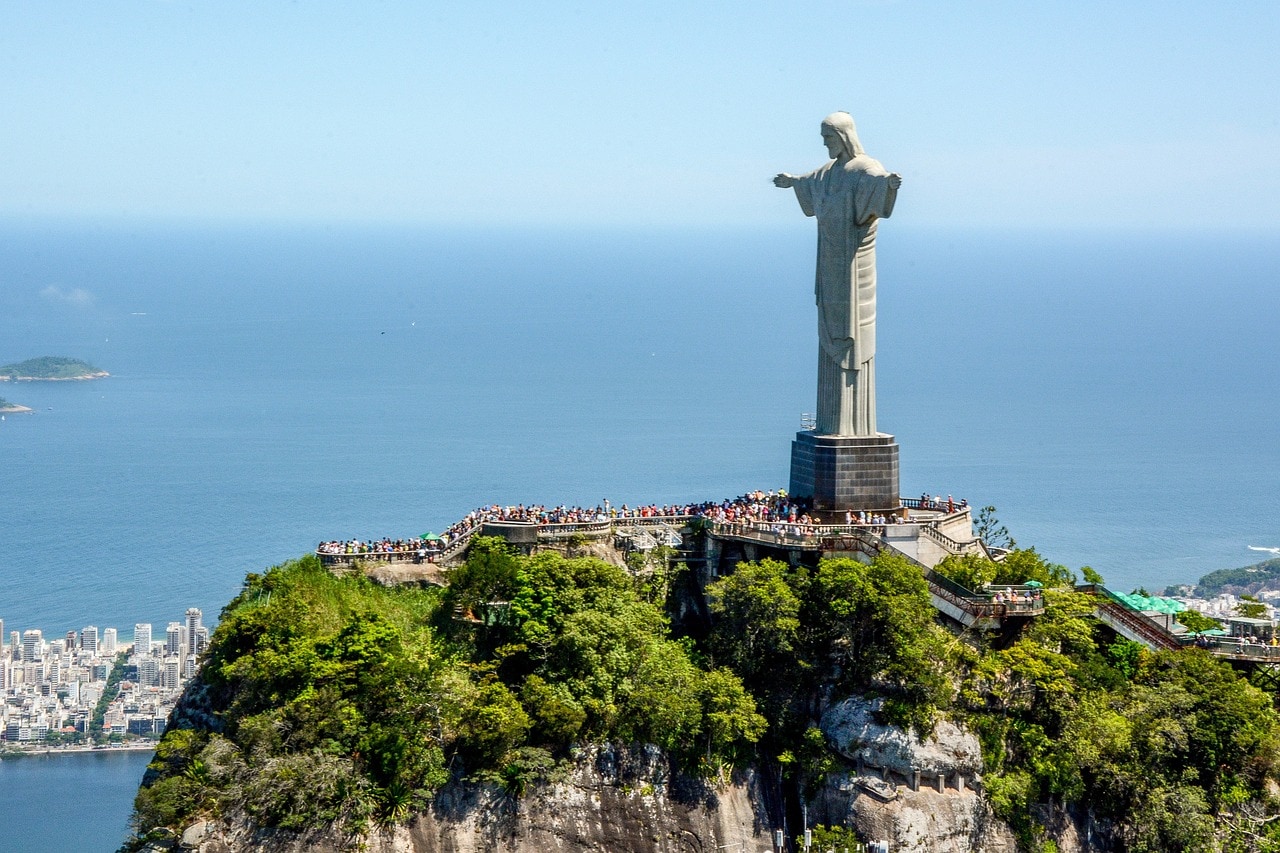
4. Christ the Redeemer – Rio’s Emblem of Peace and Faith
Towering over Rio de Janeiro from the summit of Mount Corcovado, Christ the Redeemer is one of the most iconic statues in the world. Standing 30 meters (98 feet) tall — with an arm span of 28 meters — and perched atop a 700-meter-high peak, the statue is both a religious symbol and a cultural beacon for Brazil.
Constructed between 1922 and 1931, the monument was built to represent peace and the openness of Christianity in Brazil. It was designed by French sculptor Paul Landowski and built by Brazilian engineer Heitor da Silva Costa. The statue is made of reinforced concrete and covered with thousands of triangular soapstone tiles, chosen for their durability and soft texture.
Why it’s impressive:
- Declared one of the New Seven Wonders of the World in 2007
- Built entirely by hand at the time — a massive engineering challenge given the mountaintop location
- Its pose is designed to suggest welcome, peace, and protection
Visiting tips:
- Take the Corcovado Train through Tijuca National Park for a scenic ride up
- Mornings often offer clearer skies for photos
- Bring sun protection — the viewing platform is exposed and can get hot
Pro tip:
- Use the panoramic terrace on the nearby Dona Marta lookout for fewer crowds and a stunning side view of the statue and city.
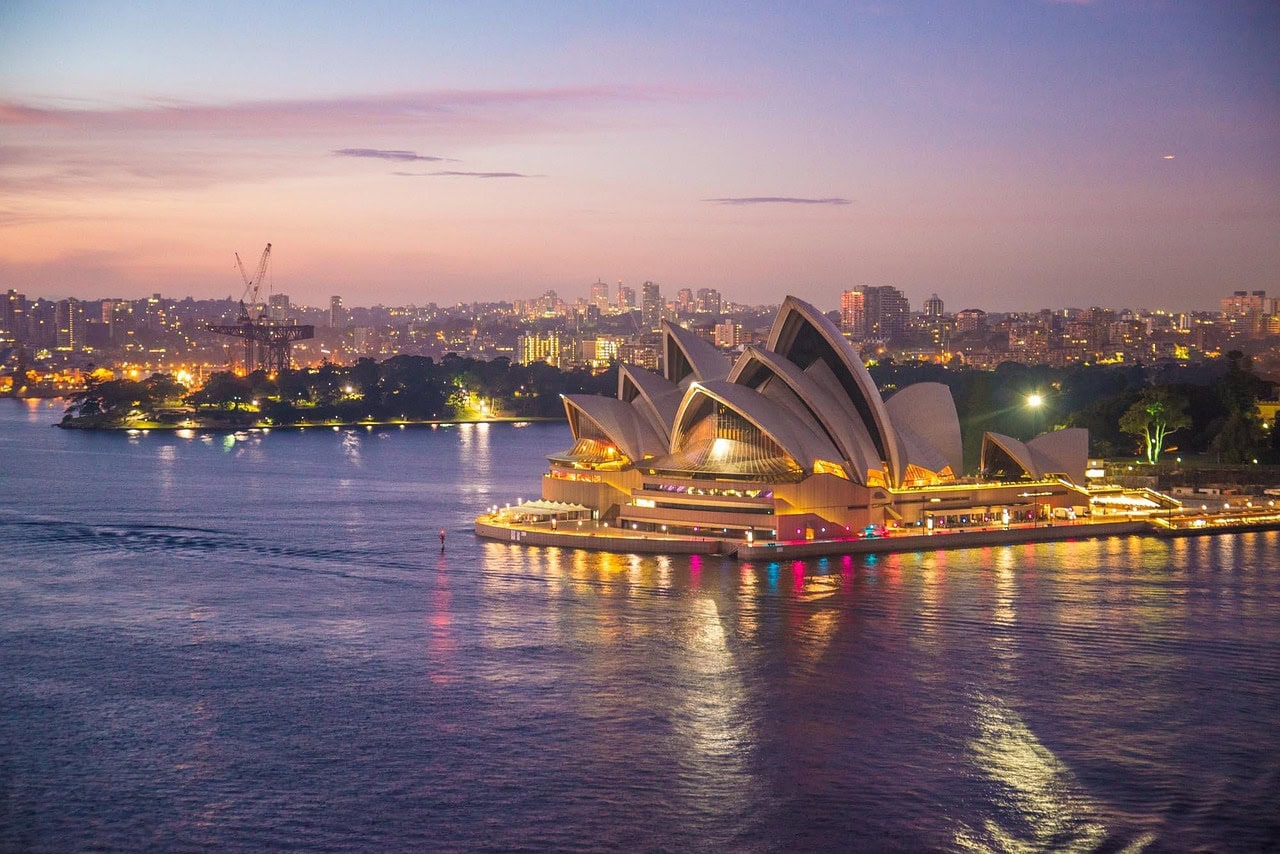
3. Sydney Opera House – Architectural Harmony by the Harbor
The Sydney Opera House is not only one of the most recognizable buildings in the world, but also one of the most beautiful. Located on Bennelong Point in Sydney Harbour, its unique sail-like design has become a symbol of Australia and a masterpiece of 20th-century architecture.
Designed by Danish architect Jørn Utzon and completed in 1973, the Opera House pushed engineering and design boundaries. Its complex shell-like roof structure required innovative construction techniques never used before. Today, it houses multiple performance venues and hosts over 1,500 events annually, including opera, ballet, theater, and concerts.
Why it’s impressive:
- Took 15 years to complete and cost 15 times its original budget — but became a timeless icon
- Recognized as a UNESCO World Heritage Site
- Combines functionality with breathtaking sculptural form
Visiting tips:
- Book a guided tour to see the interior and behind-the-scenes areas
- Catch a live performance to experience the world-class acoustics
- Visit at sunrise or sunset for stunning reflections on the harbor
Pro tip:
- Take a harbor cruise or ferry to get the best views of the Opera House with the Harbour Bridge in the background.
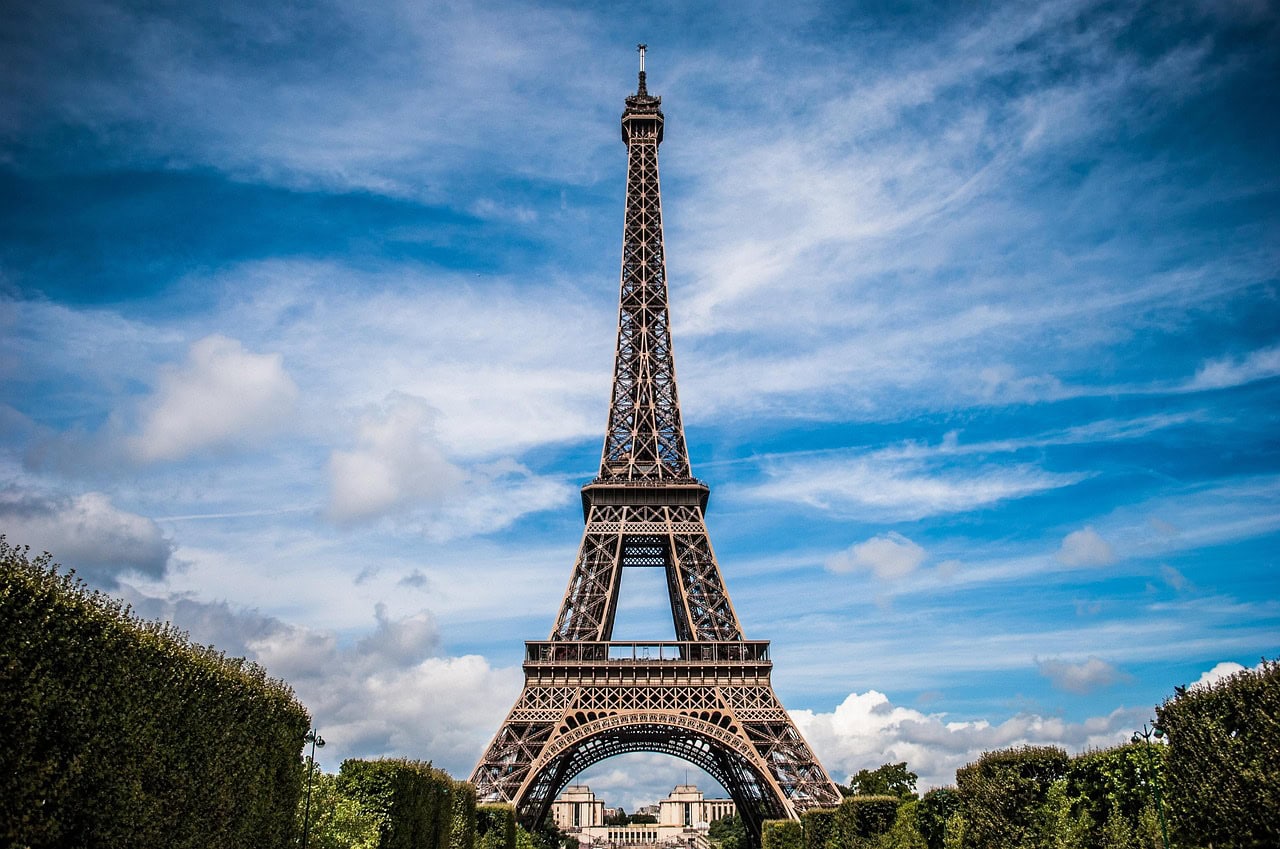
2. Eiffel Tower – Iron Icon of Parisian Elegance
The Eiffel Tower, one of the world’s most recognizable landmarks, was originally built as the entrance arch for the 1889 Exposition Universelle (World’s Fair) in Paris. Designed by engineer Gustave Eiffel, the tower was initially met with fierce criticism from artists and intellectuals who called it an eyesore. Today, it stands as a beloved symbol of France and a triumph of 19th-century engineering.
Standing at 330 meters (1,083 feet), the Eiffel Tower was the tallest structure in the world until the Chrysler Building was completed in New York in 1930. Made of over 18,000 wrought iron parts held together by 2.5 million rivets, its open-lattice design was revolutionary for its time.
Why it’s impressive:
- It was the tallest man-made structure for over 40 years
- The tower sways only slightly during strong winds due to its aerodynamic structure
- Millions of visitors climb or take the elevator each year to enjoy the views from its three platforms
Visiting tips:
- Book your tickets online to skip long lines
- Sunset visits offer incredible photo ops with the city lighting up in the background
- Don’t skip the 1st floor — it has a transparent floor and fewer crowds
Pro tip:
- For a unique view of the tower, picnic at Champ de Mars or take photos from Trocadéro Plaza across the Seine.
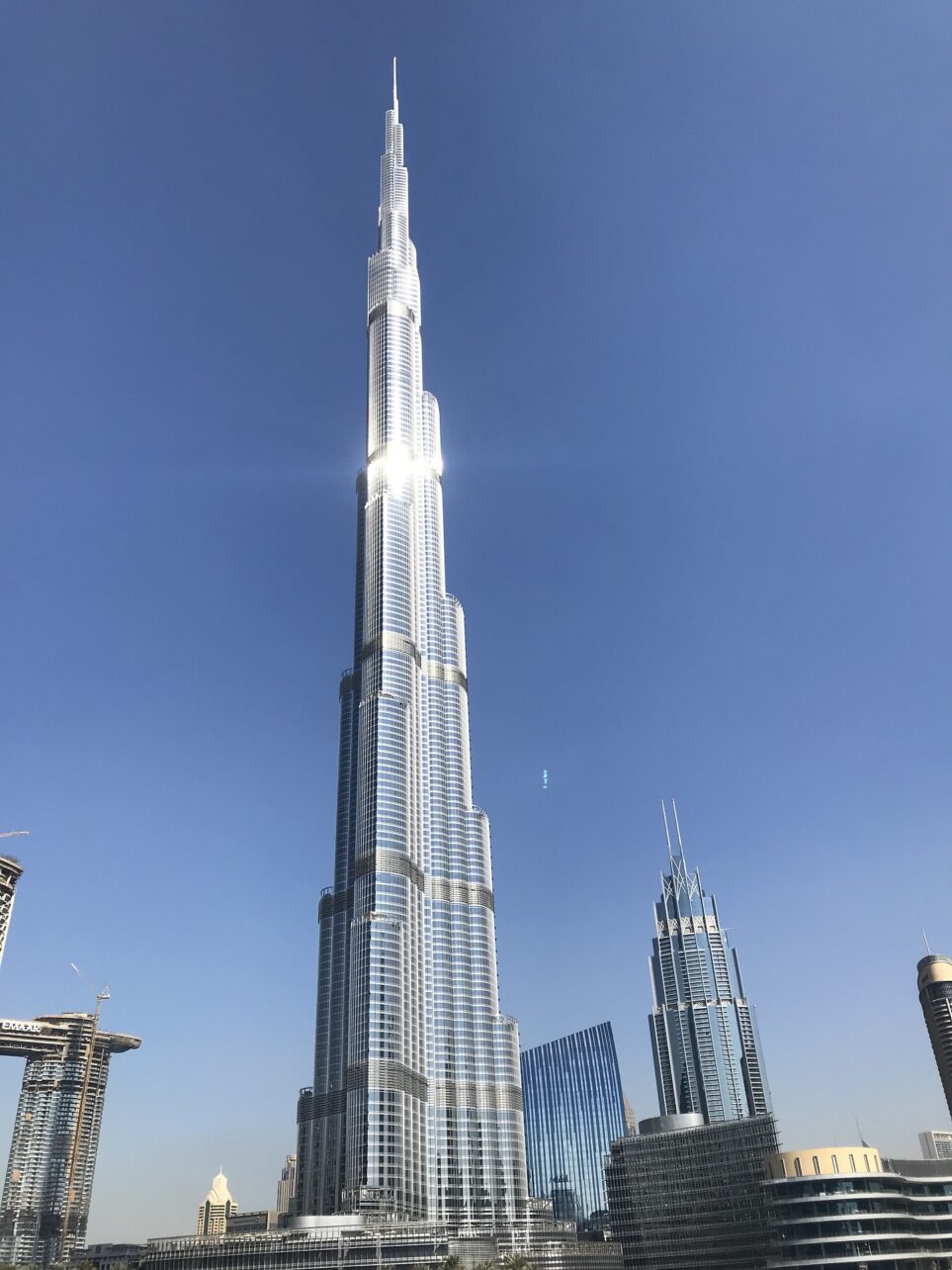
1. Burj Khalifa – Touching the Sky in Dubai
Soaring 828 meters (2,717 feet) into the sky, the Burj Khalifa is the tallest building in the world — and an iconic symbol of modern Dubai’s ambition and innovation. Opened in 2010 after six years of construction, the tower has 163 floors and holds multiple records, including the highest observation deck, elevator speed, and occupied floor level.
Designed by architect Adrian Smith, the Burj Khalifa’s shape was inspired by the spiral of a desert flower and Islamic architecture. Its Y-shaped base maximizes space for views and wind resistance. The building houses luxury residences, a hotel designed by Giorgio Armani, office space, and observation decks with 360-degree views of the city, sea, and desert beyond.
Why it’s impressive:
- Tallest man-made structure in human history
- Utilizes cutting-edge technology and wind engineering
- Symbol of the UAE’s rapid development and global influence
Visiting tips:
- Book a visit to At The Top SKY (floor 148) for fewer crowds and VIP perks
- Go in the evening for stunning sunset views and dancing fountains below
Pro tip:
- Make a dinner reservation at At.mosphere, one of the world’s highest restaurants, located on the 122nd floor.
Each of these structures reflects the incredible breadth of human potential — from ancient societies that moved megaliths without machinery to modern cities that scrape the sky with steel and glass. They remind us of our shared past, our thirst for progress, and our ability to create beauty on a massive scale.
Whether you’re gazing at the Taj Mahal’s marble perfection or standing beneath the colossal Burj Khalifa, these landmarks do more than impress — they connect us across time, culture, and geography.
Which of these marvels is on your bucket list?
Share your thoughts in the comments — and don’t forget to explore more of our travel guides and architecture roundups.
You Might Also Like:
If you enjoyed this post on Impressive Human Made Structures, you might also like: Best Countries To Visit For Under $1000, Solo Travel Made Easy How To Stay Safe And Explore The World, How To Work Abroad And Make Money While Traveling.
